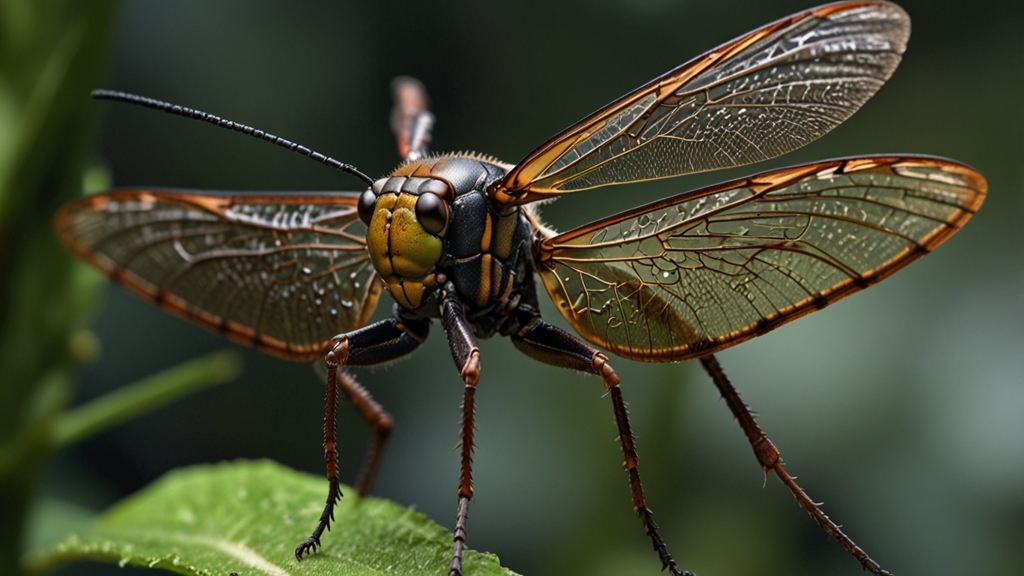The Flying Giants: The Largest Insects on the Planet
In the vast world of insects, where the smallest creatures often capture our fascination, some leviathans of the air command attention with their sheer size and presence. These colossal insects, true giants in their domain, navigate the skies and forests with a grace and power that is as awe-inspiring as it is intriguing. Let's explore the fascinating world of the largest insects on the planet.
Titanus giganteus: The Titanic Beetle
The Titan Beetle (Titanus giganteus) reigns supreme among the largest beetles on Earth. Found primarily in the Amazon rainforest, this colossal insect can reach lengths of up to 6.5 inches (16.7 cm). Despite its formidable size, the Titan Beetle is a master of evasion, often eluding scientists and researchers who seek to study it more closely.
"The sheer size of the Titan Beetle's mandibles is enough to deter most predators. These powerful tools are capable of snapping small branches, underscoring the beetle's capacity for self-defense and survival in the wild."
Though its life cycle remains largely mysterious, adult Titan Beetles are believed to spend most of their lives as larvae, emerging as adults solely to find a mate. This contributes to their elusive nature and the limited opportunities for direct observation.
Attacus atlas: The Majestic Moth
The Atlas Moth (Attacus atlas) is a spectacle of the lepidopteran world, boasting a wingspan that can reach up to 12 inches (30 cm), making it one of the largest moths globally. Native to the tropical and subtropical forests of Southeast Asia, this moth's sheer size and vibrant patterns have earned it an iconic status among entomologists and nature enthusiasts alike.
"With its wings spread wide, the Atlas Moth resembles a flying tapestry, a masterpiece of nature's artistry that evokes wonder and amazement."
The Atlas Moth's adult form is short-lived, focusing primarily on reproduction and foregoing feeding entirely, as it lacks functional mouthparts. This brief adult stage makes encounters with this magnificent insect all the more precious and fleeting.
Meganeura monyi: A Relic of the Past
No discussion of giant insects is complete without mentioning the prehistoric giant dragonfly, Meganeura monyi. Living around 300 million years ago during the Carboniferous period, Meganeura had a wingspan estimated at a staggering 27 inches (68 cm). Though it is long extinct, its existence provides a fascinating glimpse into a time when the Earth's atmosphere contained more oxygen, enabling the growth of such enormous insects.
"Imagine a world where dragonflies the size of seagulls soared through primeval skies, a testament to the dynamic and ever-changing nature of life on Earth."
Today, the closest living relatives to Meganeura are the dragonflies and damselflies, which, though significantly smaller, still captivate us with their aerial prowess and intricate beauty.
Conclusion: Nature's Aerodynamic Marvels
The largest insects on the planet are more than just natural curiosities; they are marvels of evolution, adapted to their environments in extraordinary ways. From the dense rainforests of the Amazon to the lush forests of Southeast Asia, these flying giants remind us of the incredible diversity and resilience of life. As we continue to explore and understand our world, these colossal insects stand as symbols of nature's boundless creativity and the awe-inspiring complexity of life on Earth.










